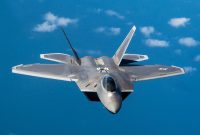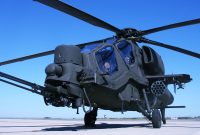The Grumman F8F Bearcat, a remarkable single-engine, single-seat fighter aircraft, holds a unique place in the annals of aviation history. In service with the United States Navy and Marine Corps during the late 1940s and early 1950s, the Bearcat stands as the final chapter in the story of biplane fighters. Yet, it was not merely a footnote; it’s widely regarded as one of the most successful biplane fighters ever to take to the skies.
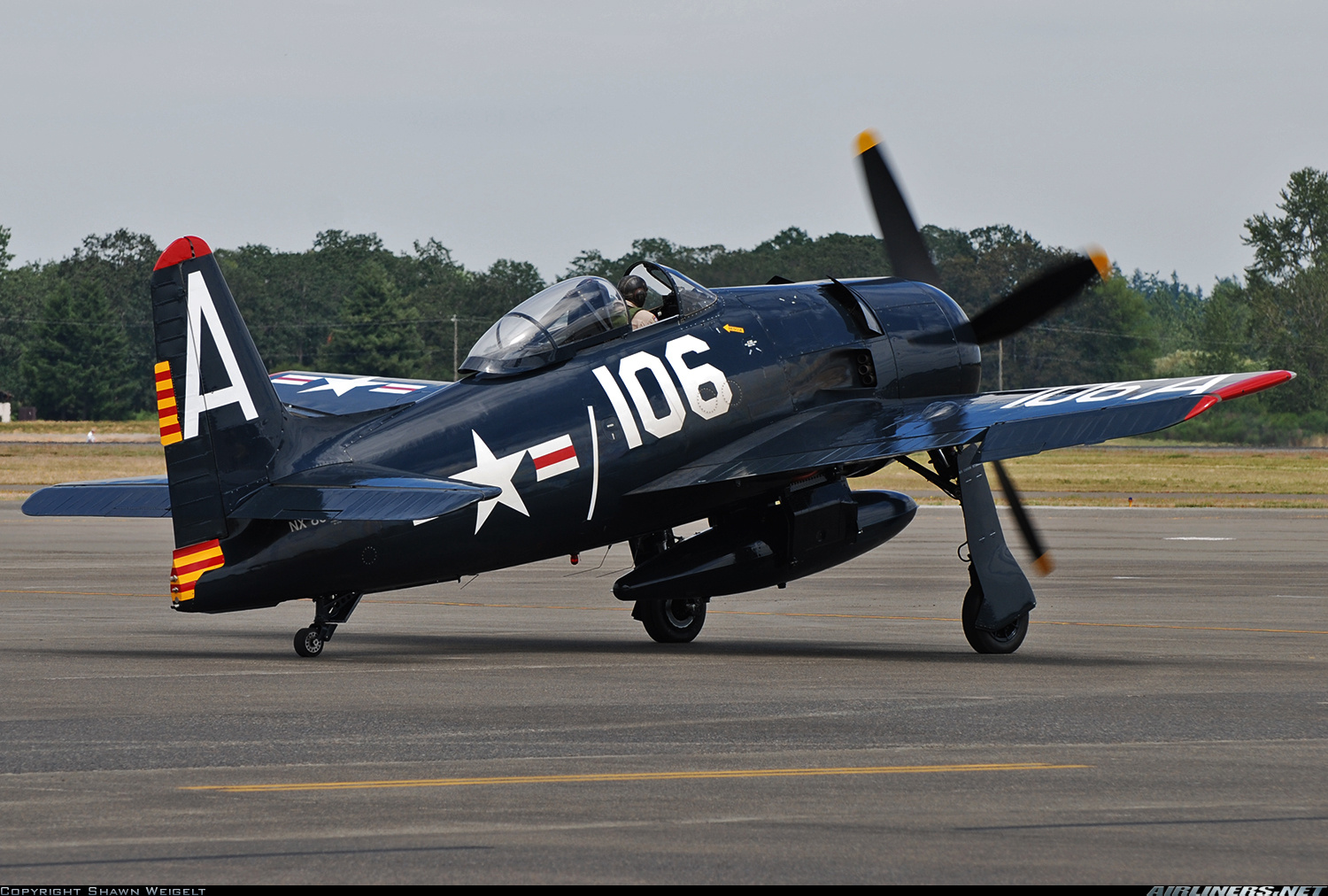
Design and Introduction
The Grumman F8F Bearcat was conceived and brought to life by the visionary minds at Grumman Aircraft Engineering Corporation. It first took to the skies in 1945, at a time when the aviation world was in transition. This fighter was a testament to the creativity and determination of its designers.
At its heart, the Bearcat was powered by the formidable Pratt & Whitney R-2800 Double Wasp radial engine, a powerhouse that propelled it to a top speed of over 400 miles per hour. This engine, known for its reliability and sheer power, was the beating heart of the Bearcat’s performance.
Armed for the Skies
The Bearcat was more than just a speedy aircraft. It was armed with four 20mm cannons, capable of delivering a lethal barrage of firepower. Additionally, it could be equipped to carry rockets and bombs, making it versatile for various combat missions.
Limited Role in World War II and Korean War Significance
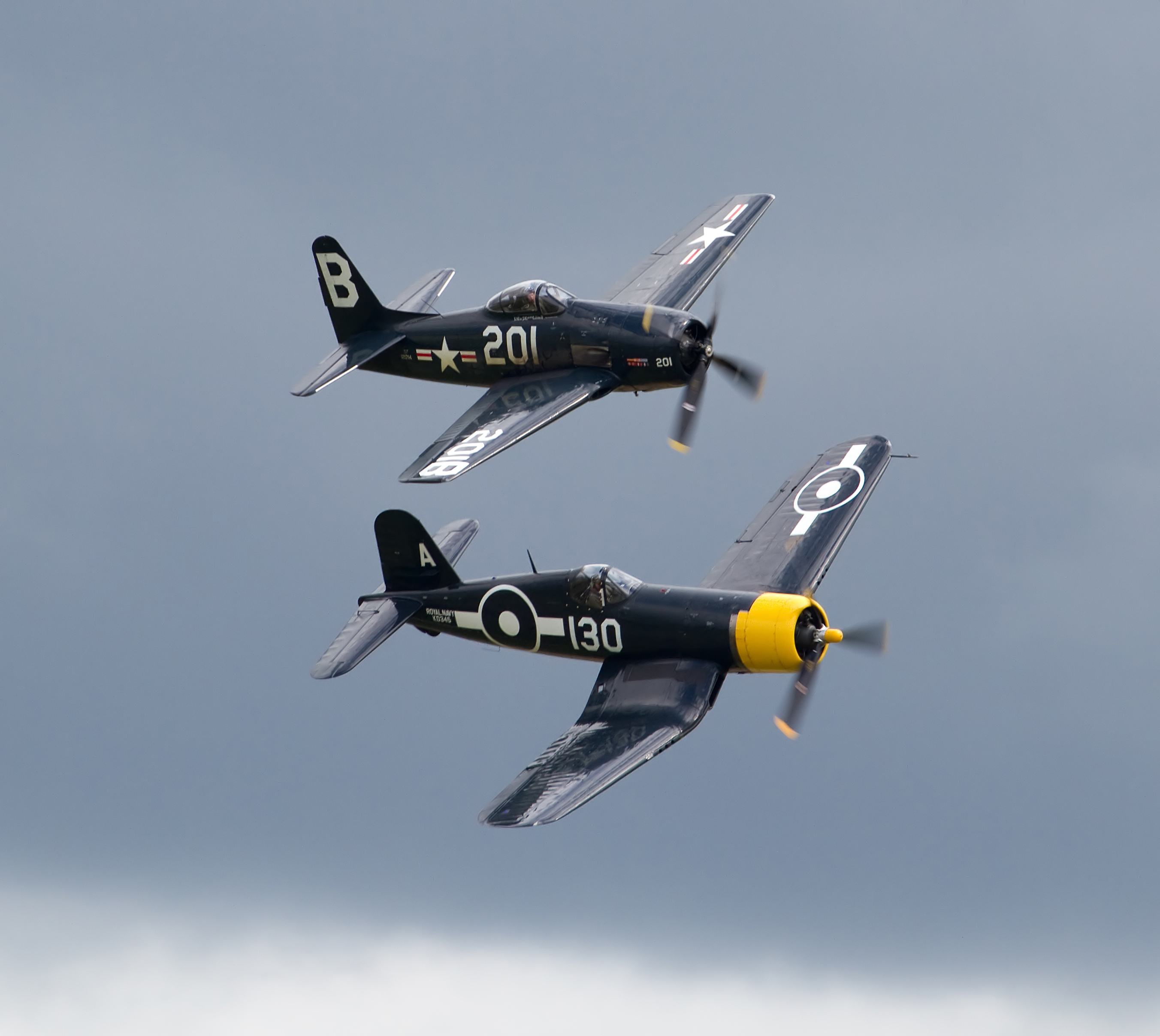
While the Bearcat saw limited service during World War II, it came into its own during the Korean War. In the conflict’s challenging theater, the Bearcat emerged as a star, particularly excelling in close air support missions. Its remarkable speed and agility made it a daunting target for enemy anti-aircraft fire. The Bearcat’s legacy is inextricably tied to the Korean War, where it proved its mettle time and time again.
Versatility in Missions
The Bearcat’s role extended beyond close air support. It was employed to escort bombers, safeguarding them from enemy threats. It also served as an interceptor, protecting against hostile enemy aircraft seeking to penetrate friendly airspace. In all these roles, the Bearcat displayed its prowess, delivering performance that exceeded expectations.
The End of an Era
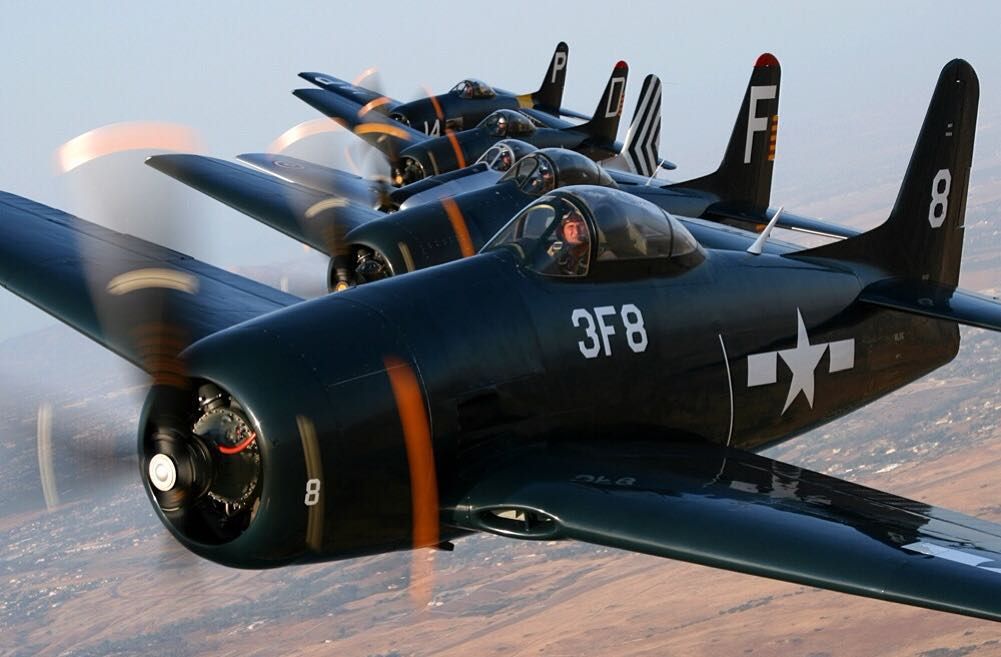
Despite its undeniable success and prominence, the Bearcat’s tenure in service was relatively short-lived. The dawn of jet fighters marked a significant shift in the military aviation landscape. As jet aircraft became more prevalent and jet engines advanced in capabilities, the Bearcat was retired from service in the early 1950s.
Legacy and Enthusiast Appeal
The Grumman F8F Bearcat may have left active military service, but its legacy endures. Among warbird enthusiasts and aviation aficionados, the Bearcat remains a beloved and iconic aircraft. It continues to soar in air races, airshows, and other aviation events, thrilling audiences with its remarkable performance and historical significance.

The Bearcat’s story is not only one of military might and achievement; it’s a testament to the indomitable spirit of innovation. As the last of the biplane fighters, it represented the culmination of a bygone era in aviation. Its incredible speed, agility, and armament allowed it to stand toe-to-toe with early jet fighters, underscoring the exceptional skill of its designers and the courage of its pilots.
In the annals of aviation history, the Grumman F8F Bearcat will forever hold a place of honor. Its story reminds us of the rapid evolution of military aircraft, the heroes who piloted them, and the enduring legacy of innovation that continues to inspire aviation enthusiasts around the world. The Bearcat was more than an aircraft; it was a symbol of an era that came to a close, a testament to the aviation pioneers who pushed the boundaries of what was possible in the skies.


